Global Strategies Shaping the Future of in vivo CAR-T Development
Throughout this series, we have explored the cutting-edge developments of in vivo CAR-T therapy in an accessible way for beginners. In this final installment, we will examine how the companies and research institutions introduced so far are expected to form new collaborations and strategic expansions. Implementing breakthrough technologies in the real world requires not only scientific progress but also partnerships, business models, and regional expansion. This article explores the next strategic moves that will shape the future of in vivo CAR-T.
1. Key Players in Strategic Collaborations: Spotlight on Big Pharma
In recent years, startups developing in vivo CAR-T technologies have rapidly established strategic partnerships with major pharmaceutical companies. For instance, Capstan Therapeutics has secured investment from BMS (Bristol Myers Squibb) to co-develop a platform combining mRNA-based CAR-T with lipid nanoparticle (LNP) delivery systems.
Similarly, Orna Therapeutics is accelerating its pipeline using its proprietary circular RNA (oRNA) technology through a collaboration with Merck. These examples highlight that companies with powerful delivery platforms have become indispensable partners for pharma companies seeking entry into the in vivo CAR-T space.
Going forward, competition for strategic partnerships is expected to intensify across a range of delivery technologies such as mRNA, oRNA, transposons, LNPs, and viral vectors. The key factors will be the platform’s versatility and safety profile.
2. Geopolitical Distribution of Innovation: U.S., Europe, and Asia
Most of the companies featured in this series are based in the U.S., especially in California and Massachusetts, where top-tier talent, funding, and research infrastructure are concentrated. However, as in vivo CAR-T continues to expand, collaboration with Europe and Asia is gaining importance.
In Europe, companies like Cellectis, long known for genome editing technologies like CRISPR, are transitioning toward in vivo applications. The European Union’s supportive regulatory frameworks and funding mechanisms are further accelerating development in this region.
Meanwhile, in Asia—especially in Japan, South Korea, and China—there has been significant progress in mRNA vaccine manufacturing and drug delivery systems (DDS). These technologies are being adapted for in vivo CAR-T applications. In the near future, we may witness the emergence of uniquely Asian strategies centered on locally developed delivery platforms.
3. Expanding Indications: From Hematologic to Solid Tumors and Autoimmune Diseases
While early in vivo CAR-T programs focused on hematologic cancers, a major trend today is the expansion into solid tumors. Challenges such as precise control of gene expression within the tumor microenvironment and overcoming immunosuppressive barriers are now at the forefront of development efforts.
In addition, autoimmune diseases are emerging as a promising new area of application. Strategies include in vivo induction and expansion of regulatory T cells (Tregs) to suppress hyperactive immune responses, and targeting autoreactive B cells for antibody depletion. These broadened indications are reshaping the landscape of potential partners and disease markets.
4. Diverse Business Models and Future Revenue Streams
The business model of in vivo CAR-T differs significantly from conventional CAR-T. It does not require patient-specific manufacturing and can be developed as an “off-the-shelf” drug product, making it closer to traditional pharmaceutical models. This allows for significant cost reductions in manufacturing and logistics, offering clear economic advantages.
Moreover, platform-owning companies can generate long-term revenue through technology licensing and co-development royalties. Companies with unique technologies in mRNA, LNPs, or epigenetic control are poised to become pivotal “technology providers” in the biopharmaceutical industry.
Conclusion: Strategic Alliances and Global Vision Define the Future
In this final installment, we’ve analyzed the future of in vivo CAR-T through the lenses of strategic partnerships, technological innovation, geographic expansion, and clinical indications. The key takeaway: sustainable growth in this field will depend not on going it alone, but on forming smart, strategic collaborations.
Our next series will spotlight Bispecific Antibody Drugs, another class of powerful therapeutic tools reshaping cancer and autoimmune treatment. These agents complement in vivo CAR-T in redefining the future of immunotherapy. Stay tuned as we continue our deep dives into next-generation biotech innovations.
🔗 Related Articles / Series Links
- Therapeutic Trends 2025: What to Watch
- Introductory Series Index
- #1: What Is CAR-T? The Story of Emily Whitehead
- #2: The Technologies Behind In Vivo CAR-T
- #3: Key to Precision and Safety: Designing Smart CAR Expression
- #4: Deep Dive into CAR Structure: The Latest in Co-stimulation and Signal Engineering
- #5: Clinical Trial Frontlines and Emerging Biotechs
- #6: Emerging Technologies Addressing In vivo CAR-T Challenges
- #7: Key Figures Shaping the Future of in vivo CAR-T


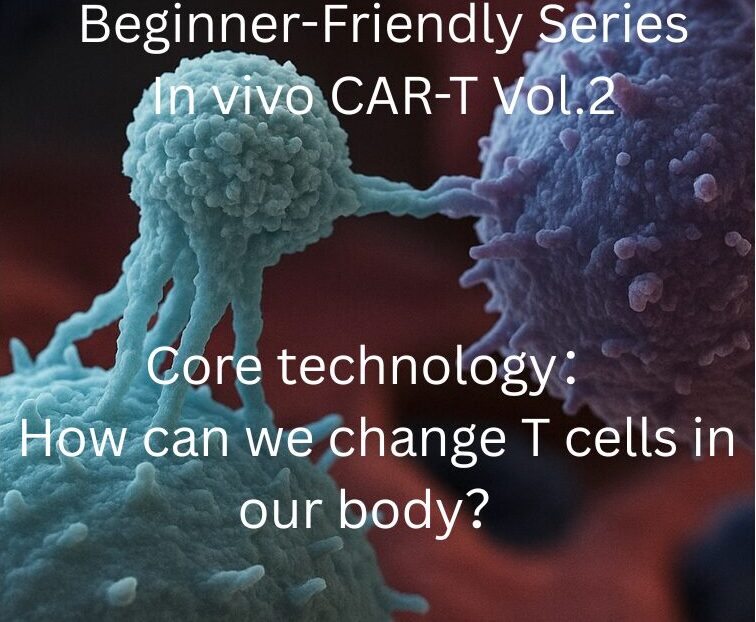
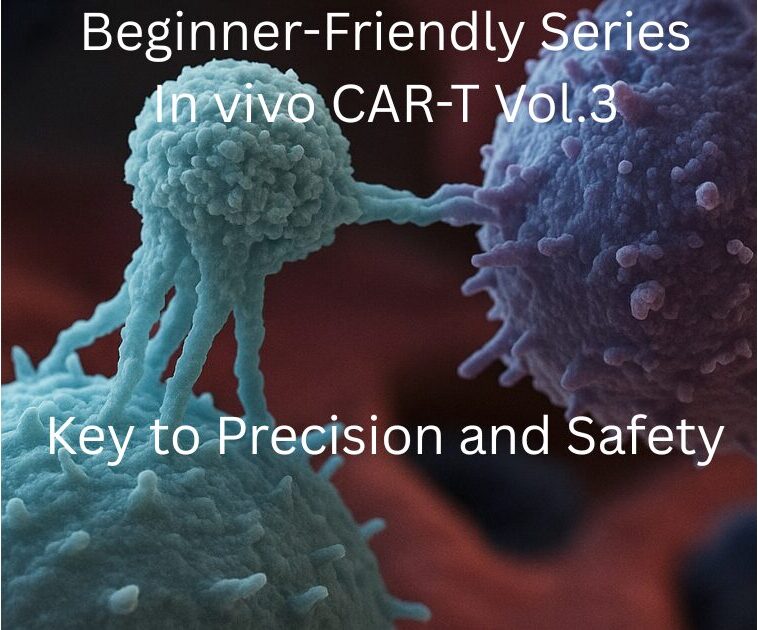
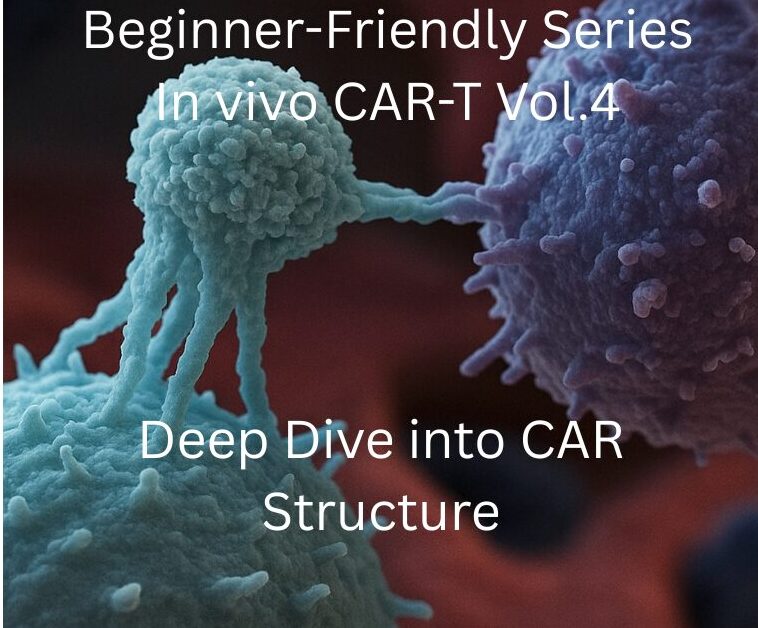
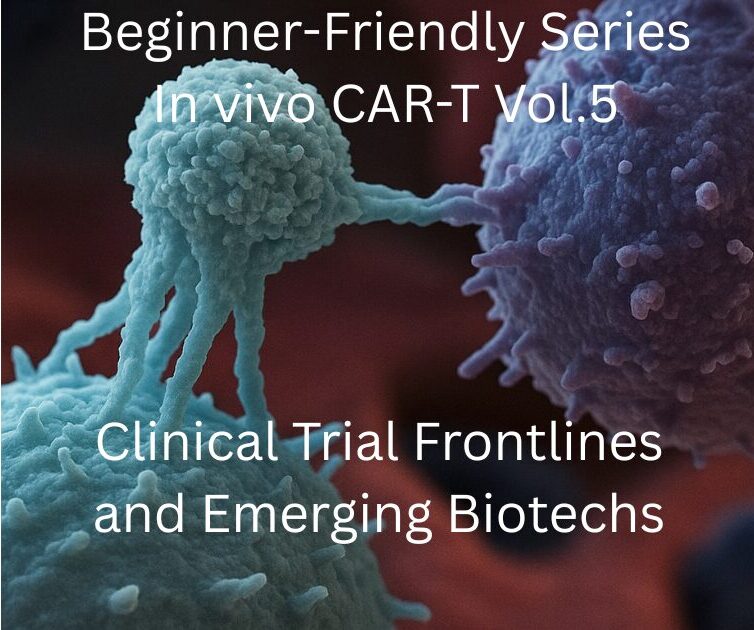
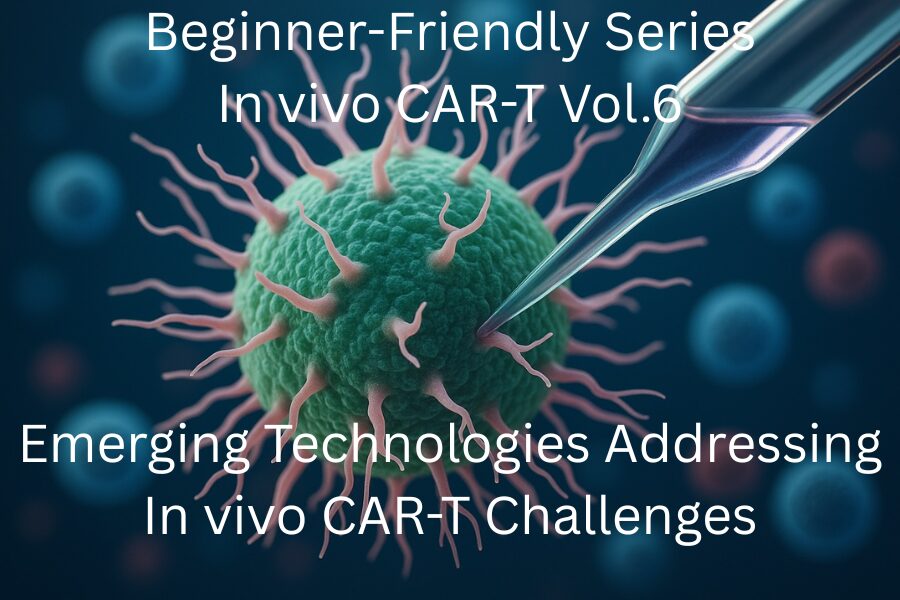
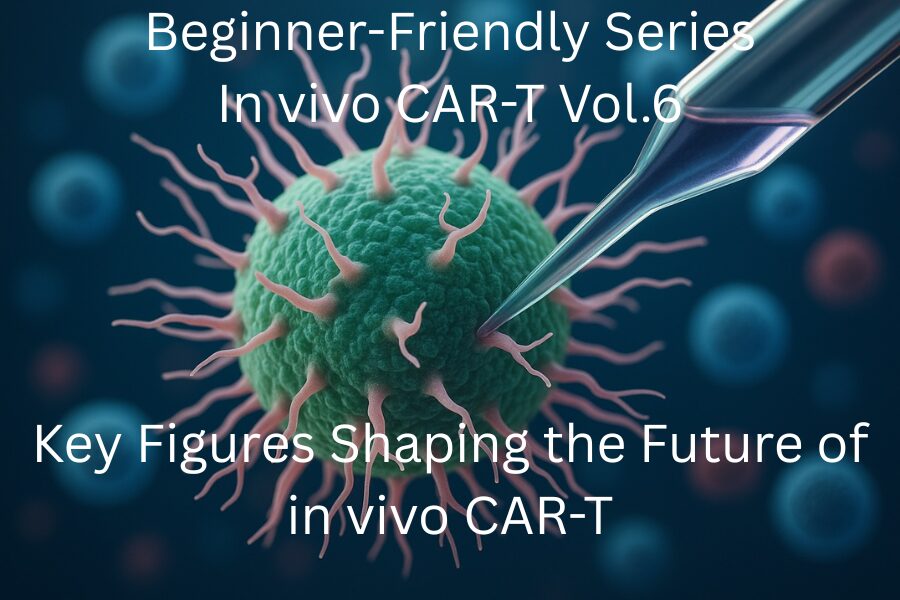
This article was produced by the Morningglorysciences editorial team.
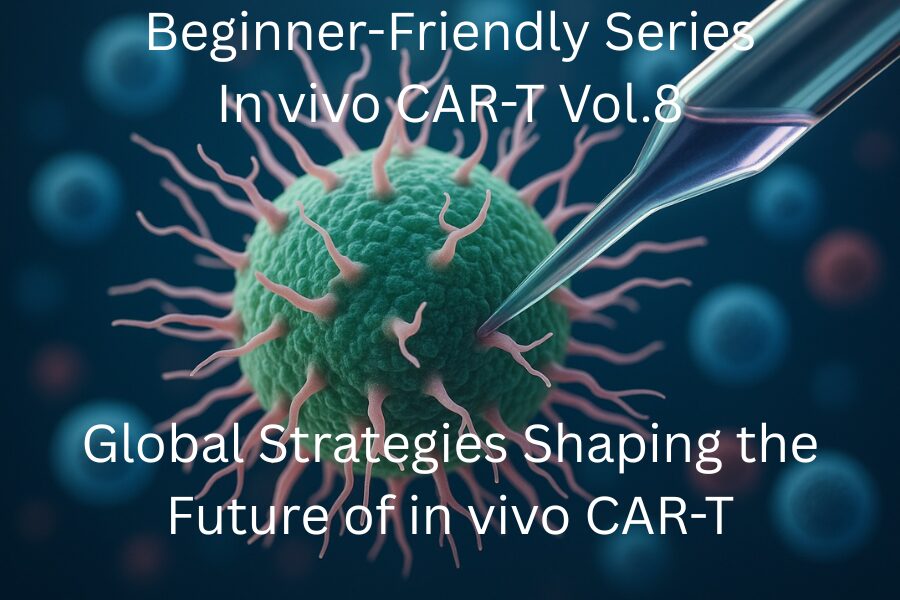








Comments